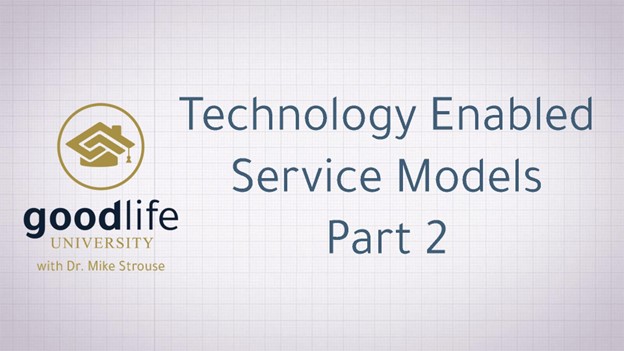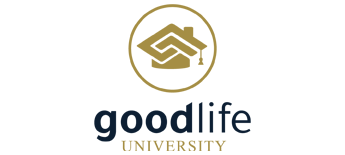Connections - 09.29.22
GoodLife U 2022: Tech-Enabled Service Models (part 2)

Share this page
Stay Informed on the Latest Research & Analysis from ANCOR
More News
Stateside Report - 07.22.24
Stateside Report: July 22, 2024

Capitol Correspondence - 07.09.24
HHS Authorizes Medicaid and CHIP Coverage for Incarcerated Individuals Transitioning to Communities
Stateside Report - 07.08.24
Stateside Report: July 08, 2024


